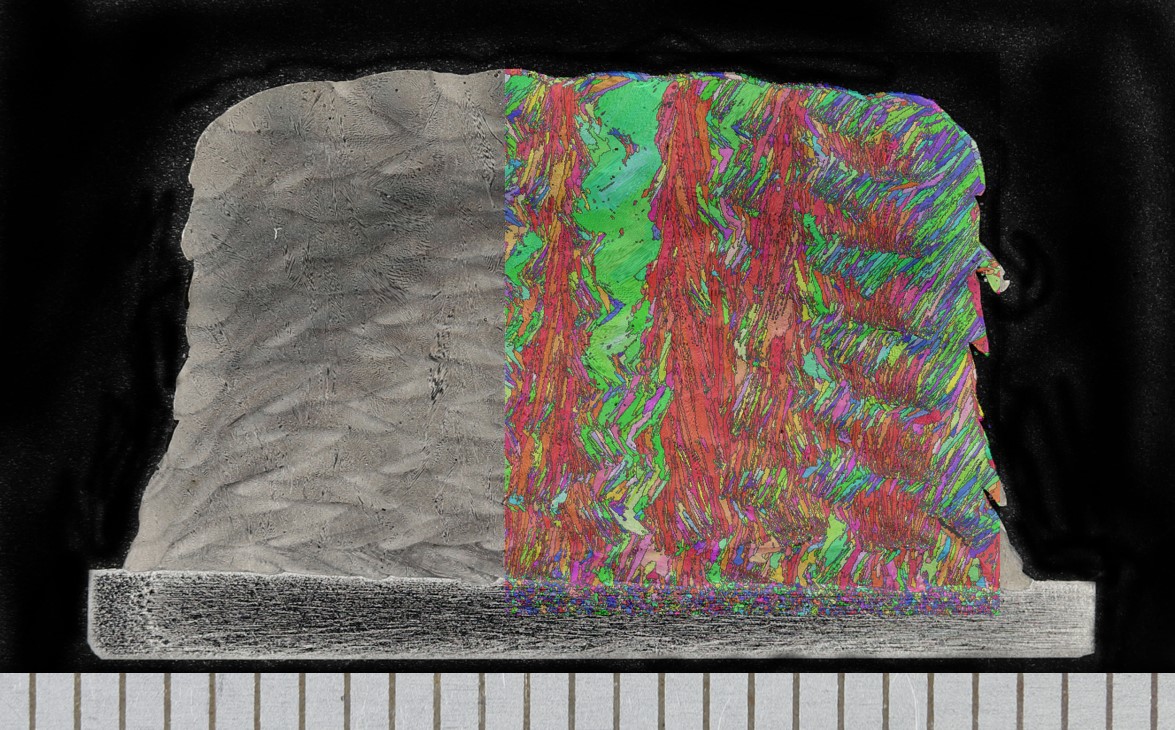Project Code: 34238
Start date and planned duration: February 2021, 24 months
Objective
Project Outline
Hydrogen-powered green energy technologies are rapidly increasing in importance as society moves towards ‘Net Zero’. In the transport sector hydrogen powered cars and aircraft are rapidly developing, and in the energy sector oil and gas operators are increasingly committing to greener energy sources where hydrogen is likely to play a significant role.
Industry is also increasingly turning to additive manufacturing (AM) to manufacture complex multifunctional components for these emerging technologies and for existing applications where hydrogen embrittlement is a concern, including subsea service in the oil and gas sector.
Hydrogen embrittlement (HE) resistance of AM parts is already therefore of significant interest across a range of industry sectors and the need to understand materials’ behaviour is expected to increase further in the medium term. Very little is known about the HE resistance of AM materials and parts, which present new challenges to a historically complex subject, including uniquely complex microstructures, residual stresses, anisotropic properties and surface finishes.
This project will combine existing expertise in the separate fields of hydrogen embrittlement and AM technologies to support industry’s needs for the hydrogen economy. It will focus on HE resistance of Alloy 718 and Ti-6Al-4V produced by laser-powder bed fusion (L-PBF), one of the most mature AM technologies. Testing will be carried out in TWI’s gaseous hydrogen testing facilities, in environments relevant to the aerospace sector, and in subsea environments under cathodic protection (CP), relevant to the oil and gas sector. The HE resistance of Alloy 718 and Ti-6Al-4V, critical materials for the energy and aerospace sectors, will be tested as a function of specimen orientation and surface finish, key variables for AM materials. All results will be compared with ‘equivalent’ wrought materials and all test coupons will be characterised using SEM and EBSD to evaluate process-microstructure-property relationships.
Industry Sectors
Power
Surface Transport
Aerospace
Oil and Gas
Benefits to Industry
Industry will gain an understanding of any potential problems related to the HE resistance of AM materials compared with existing wrought/forged materials. The outcomes will guide the development of AM processes where concerns may be raised over the performance of the part in the presence of hydrogen.
HE resistance of Alloy 718 is a key question potentially preventing acceptance of AM Alloy 718 by NACE MR0175/ISO 15156. The project outcomes could potentially facilitate acceptance of this material, enabling its exploitation by industry.
Light micrograph and large area electron backscatter diffraction orientation map of Alloy 718 deposited by laser metal deposition

Research Board Portal